

Matt Campbell
2026 MG U9 review
3 Hours Ago
Using the right engine oil can be critical to ensuring the smooth operation and longevity of a car.

Contributor
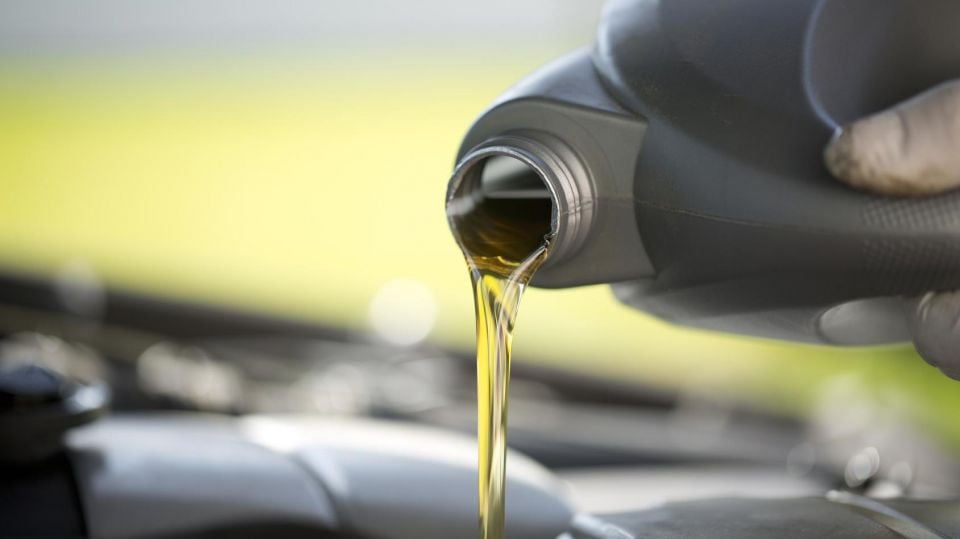

Contributor
Car ownership is a significant part of Australian culture, and ads promoting various automotive-related parts, accessories and services have taken pride of place on TV screens for decades.
Many Australians are as familiar with the dulcet tones of John Laws promoting Valvoline with the trademark sign-off of ‘Valvoline, you know what I mean’ as they are with Castrol’s ‘It’s more than just oil, it’s liquid engineering’ tagline.
These ads may be hyperbolic, but the importance of engine oil cannot be understated. It’s one of those essential fluids that an engine needs to operate smoothly, as it lubricates important components, prevents wear and tear, and also helps to clean and cool the engine, thereby ensuring it runs in optimum condition over a long period of time.
Engine oils sold today are classified by their thickness and the process by which they’re made. Let’s explore how each of these should affect your purchasing decision.

A key property of engine oil is how viscous, or thick, it is, or to use a more scientific phrasing, its ability to resist flow. An American organisation known as the Society of Automotive Engineers (SAE) uses numbers to describe the thickness or weight of the oil, and the standards set by SAE have been adopted in a largely consistent manner around the world.
Originally, engine oils were ‘straight-weight’ with a single viscosity rating, such as for example, SAE 30. However, this failed to account for the principle that normally, oil is thicker at colder temperatures, before thinning out in warmer conditions.
This meant that a particular car might need 30 weight engine oil at its operating temperature, but this oil would then be too thick at lower temperatures, causing excess wear and tear on engine components or creating difficulties in starting the car.

Nowadays, multi-weight oils are the norm, and have solved the issue above through the use of various additives to the oil that allow it to have a variable viscosity over a range of temperatures. This means that in cold conditions, the oil is thin enough to enable the car to start easily, while the viscosity of the oil increases at higher temperatures to ensure that it adequately lubricates and protects vital engine components.
Multi-weight engine oil therefore typically comes in a rating such as ‘10W-30’ or ‘5W-40’, with the ‘W’ in this rating standing for ‘Winter.’ As a result, the first number (before the W) describes the weight, or viscosity, of the oil at lower temperatures, whilst the latter number demonstrates the viscosity of the oil at higher temperatures, up to 100°C.
While these temperatures refer to that inside the engine, they may also be affected by other environmental conditions such as the ambient temperature. Therefore, a manufacturer may specify that a multi-weight oil with different specifications be used for the same car in different geographic areas.
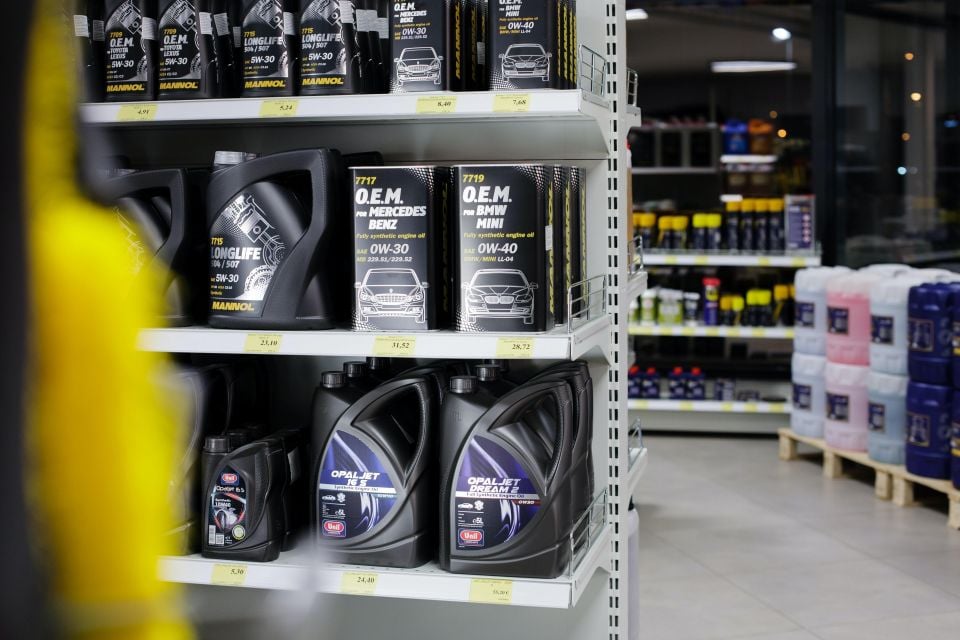
Apart from their viscosity, engine oil also differs based on the process by which it is made. Today, engine oil manufacturers classify their products into three categories, namely mineral, semi-synthetic or synthetic engine oil.
Mineral engine oil, as the name suggests, is sourced naturally from crude oil commonly found in wells around the world, before being highly refined for use in automotive applications. This is generally the cheapest type of engine oil available, and is often suitable for use in entry-level cars that don’t have a performance focus.
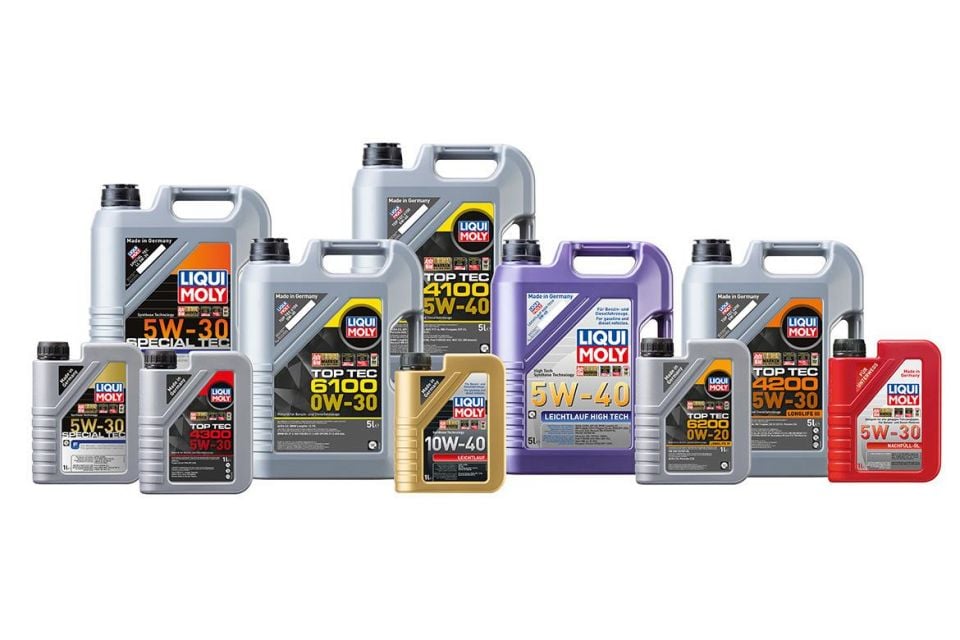
Although mineral oils may be cheaper to buy off-the-shelf than other types of engine oil, they may also have a shorter lifespan, and therefore the owner can expect to undertake more frequent oil changes as a consequence. Valvoline’s XLD Premium is one example of a popular mineral oil product that claims to protect against the formation of sludge and corrosion.
Synthetic engine oil, in comparison, is man-made out of a laboratory, or sourced naturally but heavily processed through methods such as hydrocracking, to the extent that the underlying chemical structure of the oil has been altered.
It’s typically the most expensive variety of oil available, and generally offers the best performance with regard to longevity between oil changes, and the ability to adequately lubricate key engine components and protect them from wear and tear.
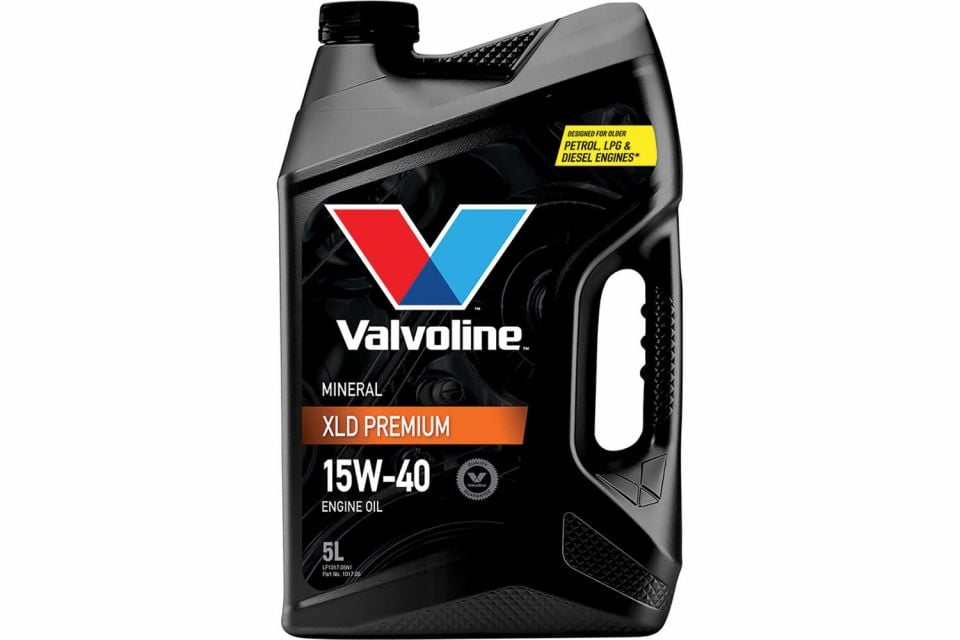
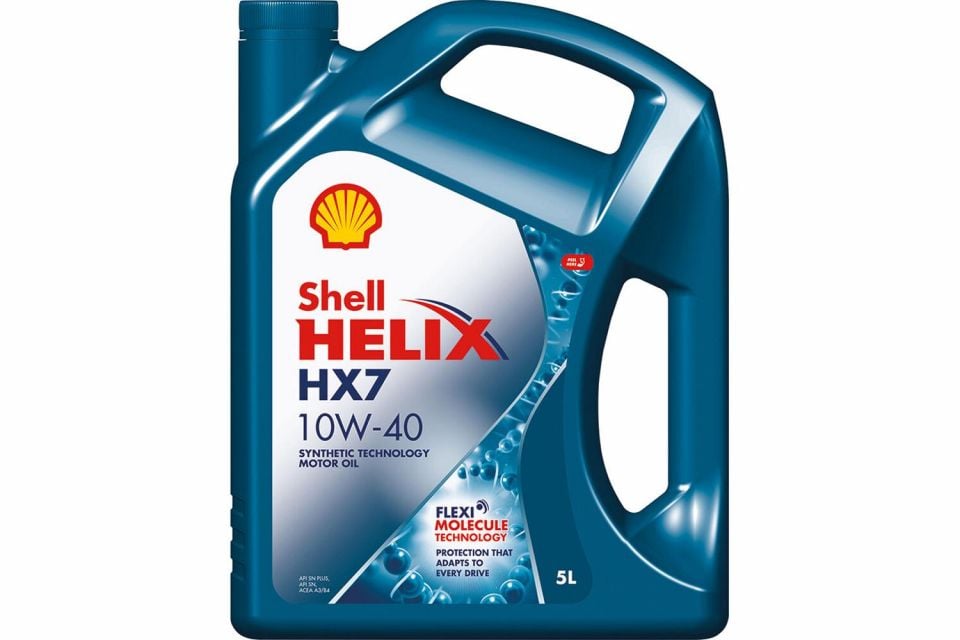
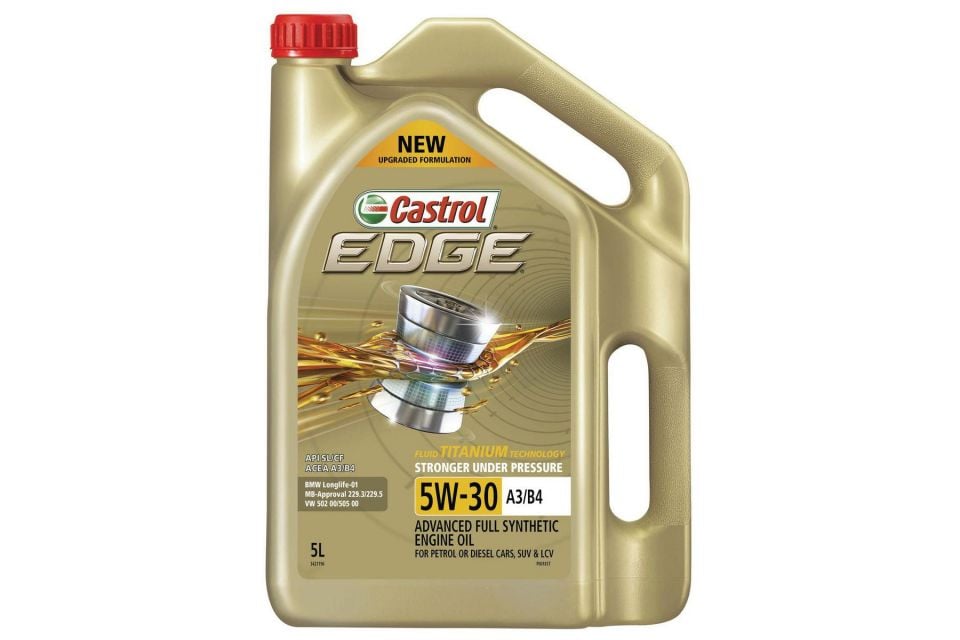
Usually, sports cars and other, more premium vehicles will require synthetic oil. Some types of synthetic oils may also contain special additives and other molecules to cater specifically for a particular type of engine. Castrol’s Edge is one example of a fully synthetic engine oil.
Semi-synthetic oil, in contrast, consists of a blend of mineral and synthetic oil, that achieves some of the benefits of the latter while retaining a more affordable price point below fully synthetic alternatives. Shell’s Helix HX7 range is a commonly available example of this type of engine oil.


Matt Campbell
3 Hours Ago


William Stopford
19 Hours Ago


Josh Nevett
20 Hours Ago


Ben Zachariah
2 Days Ago


CarExpert.com.au
2 Days Ago


Damion Smy
2 Days Ago